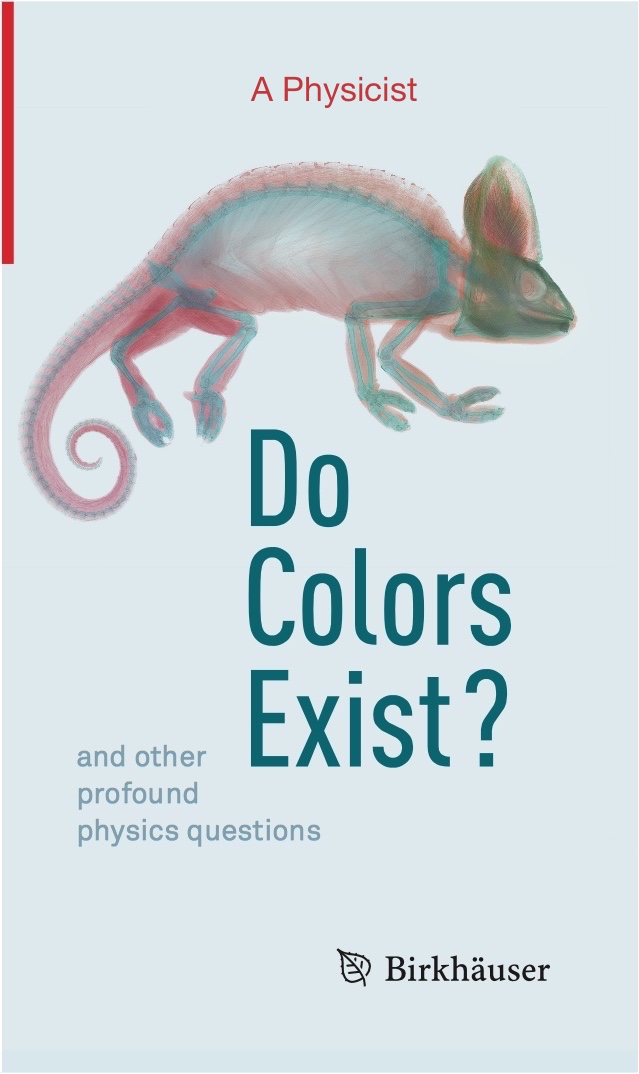For those of you who aren’t familiar with The Monty Hall Problem: You’re on a game show where there is a prize hidden behind one of three doors (A, B, or C), and the objective is to guess the correct door. After you make a guess the host of the show always opens another door (that is not the one you picked) that has no prize behind it. You are now given the option to stay with your original guess or switch to the remaining unopened door. The “paradox” is that if you stay you’ll have a 1 in 3 chance of getting the prize, but if you switch to the remaining door you’ll have a 2 in 3 chance.
Mathematician: In my opinion, the easiest way to understand the Monty Hall problem is this: Suppose there are three doors, A, B and C and you originally chose door A. If you stay with your original door, then the only way that you win is if originally the prize was behind A, which has a chance of 1 in 3. If the prize was originally behind door B on the other hand (which also has a chance of 1 in 3), then when you pick door A, door C will be removed. Hence, if you switch you will be switching to door B, and therefore you will win. Finally, if the prize was originally behind door C (which again has a chance of 1 in 3) then door B will be removed, and if you switch you will be switching to door C and therefore will win. Hence, if you stay with your original door, you win if and only if the prize was originally behind door A. If you switch though, you win if it was originally behind either door B or door C. Since the chance of the prize being behind door A from the get go is 1 in 3, whereas the chance of it being behind either B or C from the get go is 2 in 3, you are better off switching!







13 Responses to Q: How does the Monty Hall Problem work?